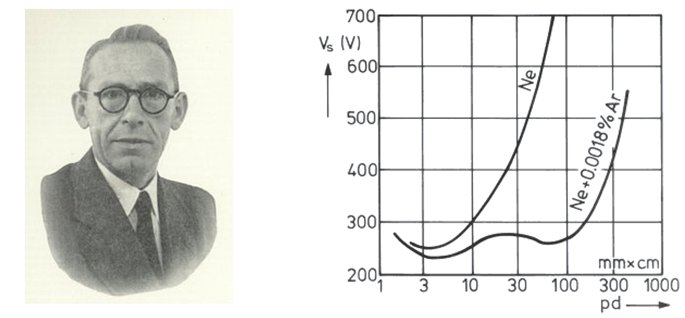One interesting observation that has come out of Russ’s experimentation is that a large high energy electron charge persists for a long time after an initiating high powered instantaneous spark discharge occurs.
Russ has seen ionization last for a long time.
The signs that this large high energy charge accumulation is occurring is threefold as follows:
First, the green afterglow of a very low level of air contamination persists for a number of frames as seen in Russ’s camera. This green oxygen based aurora discharge is caused by ionization of very low pressure air that Russ’s vacuum pump cannot completely remove.
Experiment:
After russ vacuums, he could needle in air until the pressure is outside again and then calculate how much percentage air is sucked out by -30 psi. That way he knows how big the pollution is, percentage wise.
Second, there exists a strong feedback current that is produced after the piston jumps. This current flows back through Russ’s spark electrodes and can jump an air gap to blow out his high current diodes.
Third, Russ says that he is able to fire a spark twice in a row due to the residual ionization that remains in the cylinder, but he cannot fire the spark continually since the ionization in the spark gap fades with time.
Russ said, “I just like how it lasts for a while.. That's the interesting part. The reason I say that is If the gasses stay ionized for a period of time. This means in an Engine application the high voltage may be able to keep it going and I won't need a strong discharge to "kick start it"
The reason I say this is I hit the button twice and it had a nice discharge with less cap discharge power...”
Because of the Pauli Exclusion Principle as well as the Heisenberg uncertainty principle , the individual electrons in the oscillating cloud will become degenerate (high energy) becoming more and more energetic as the cloud grows bigger. This will tend to keep the electrons from getting back together with their associated ions because of a quantum orbital energy mismatch. This keeps the cloud ionized indefinitely until the stranded electron charge cloud can find a path to ground as a high energy feedback current.
Getting this charge cloud out of the cylinder is important in setting up the next spark discharge cycle by getting the gas back to a neutral charge state.


